Is “Sabrina and the City” the latest Sex and the City spinoff? Not quite. But it is the premise for Saturday Night Live’s first teaser for pop star Sabrina Carpenter’s upcoming episode.
The Man’s Best Friend singer, who…

Is “Sabrina and the City” the latest Sex and the City spinoff? Not quite. But it is the premise for Saturday Night Live’s first teaser for pop star Sabrina Carpenter’s upcoming episode.
The Man’s Best Friend singer, who…

Science and maintenance work continued this week aboard the International Space Station (ISS), but updates regarding those activities are still all but halted by the U.S. government shutdown. Japanese astronaut Kimiya Yui’s social media posts…
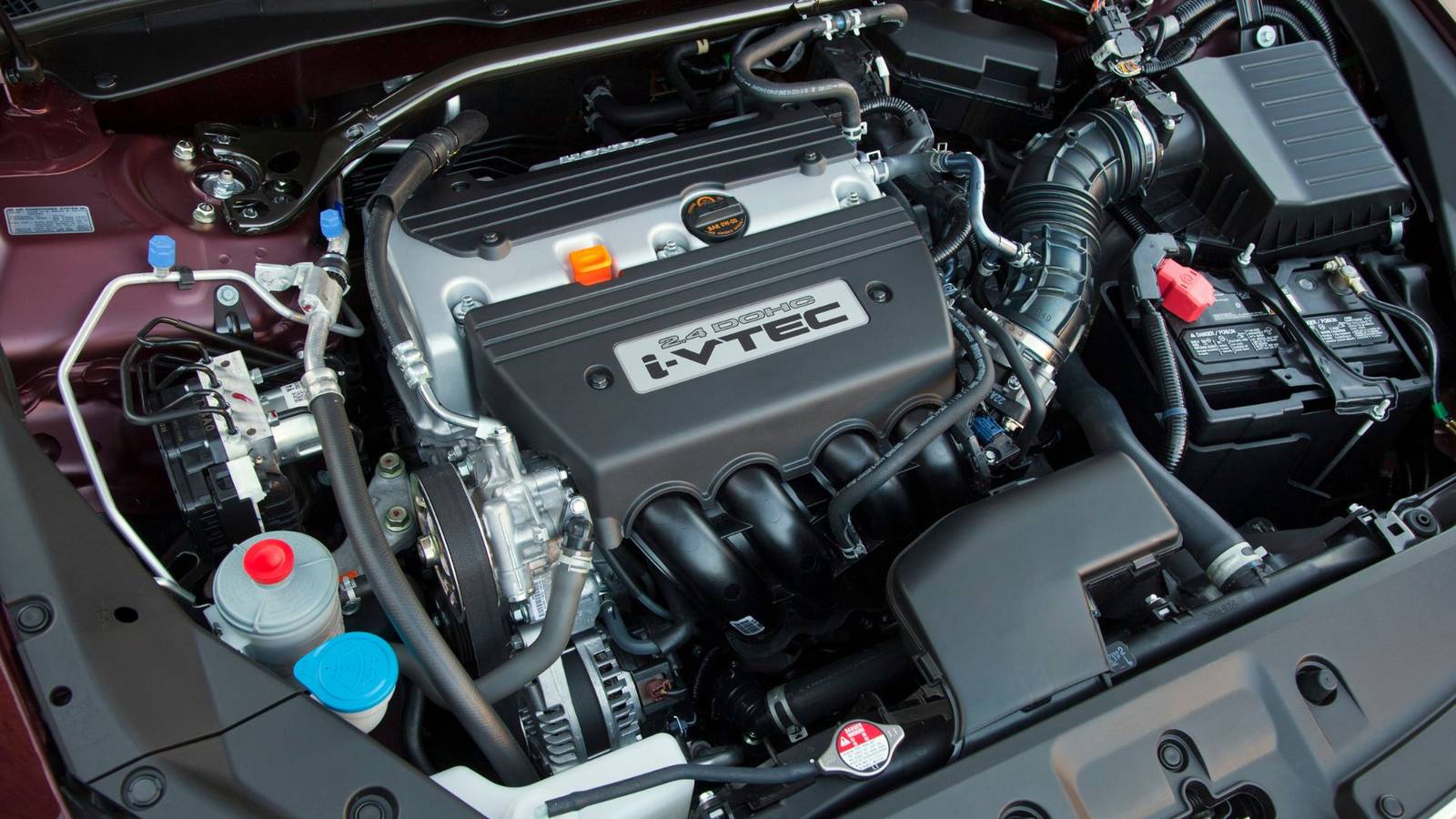
Japan is the land of iconic engines. This small island across the Pacific has given us infinitely reliable yet tunable motors that can push well beyond their factory figures, or even shrug at the sight of an aftermarket turbocharger….
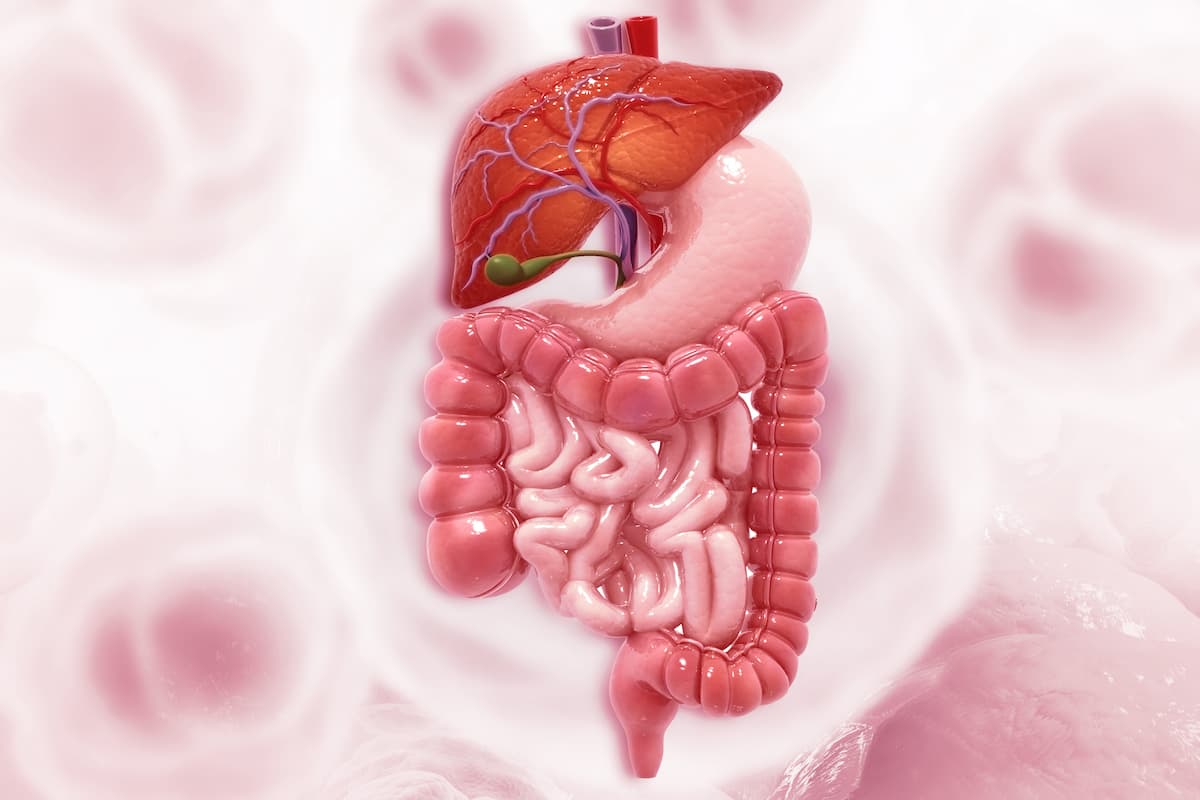
Regorafenib (Stivarga) plus nivolumab (Opdivo) displayed noninferior survival and a numerically higher response rate and disease control rate (DCR) compared with chemotherapy for patients with previously treated, refractory, advanced gastric or gastroesophageal junction (GEJ) cancer, according to findings from the phase 3 INTEGRATE IIb (NCT04879368) presented at the
Among patients in the intent-to-treatment population in the regorafenib arm (n = 309) vs the chemotherapy arm (n = 153), the median overall survival (OS) was 5.9 months vs 6.3 months (HR, 0.88; 95% CI, 0.71-1.09; P = .23). Additionally, the median progression-free survival (PFS) in the respective arms was 1.9 months (95% CI, 1.8-2.0) vs 1.9 months (95% CI, 1.8-2.0; HR, 0.85; 95% CI, 0.69-1.05).
Furthermore, a numerically higher objective response rate (ORR) was observed among patients treated with regorafenib plus nivolumab vs chemotherapy, with respective rates of 7.4% vs 2.6% (OR, 2.99; 95% CI, 1.00-12.11). The DCR in the regorafenib and chemotherapy arms was 39% vs 26% (OR, 1.84; 95% CI, 1.18-2.90), with 12-month DCR rates of 14% (95% CI, 8.5%-21%) vs 0% (95% CI, not estimable [NE]), respectively.
Global quality of life (QOL) was numerically improved with regorafenib, with 12-month deterioration-free rates of 3.9% (95% CI, 2.1%-6.5%) vs 0.7% (95% CI, <0.1%-3.5%) with chemotherapy (HR, 0.74; 95% CI, 0.60-0.91). Additionally, the physical functioning QOL scores exhibited similar values, with event-free rates of 3.9% (95% CI, 2.1%-6.5%) and 0.7% (95% CI, <0.1%-3.5%), respectively (HR, 0.86; 95% CI, 0.70-1.05).
“[Regorafenib plus nivolumab] was not superior to investigator’s choice of chemotherapy in third- or later-line treatment,” presenting investigator, David Goldstein, MBBS, FRACP, PRCP, conjoint clinical professor and senior staff specialist in the Department of Medical Oncology at Prince of Wales Hospital in Syndey, Australia, stated in the presentation. “We note that secondary end points of ORR and DCR were numerically higher in the [experimental] arm, without any adverse impact on global QOL and a prolonged 12-month time to deterioration in the regorafenib/nivolumab arm.”
In the phase 3 AGITG intergroup study, patients with unresectable locally advanced, metastatic, or recurrent gastric or GEJ adenocarcinoma who previously received at least 2 prior lines of chemotherapy—including a platinum-containing agent and fluoropyrimidine —were randomly assigned 2:1 to receive the regorafenib/nivolumab regimen or chemotherapy. Those eligible for enrollment also must have had an ECOG performance status of 0 or 1, and those with HER2-positive disease must have received trastuzumab (Herceptin).
Treatment in the investigational arm consisted of 90 mg of daily oral regorafenib on days 1 to 21 of each 28-day cycle and intravenous nivolumab at 240 mg on day 1 of each 14-day cycle for 2 months of treatment, followed by 480 mg of intravenous nivolumab on day 1 of 28-day cycles. The chemotherapy regimen used was determined by the investigator’s choice and consisted of taxane-based chemotherapy (25%), irinotecan (25%), or trifluridine/tipiracil (Lonsurf; 49%). In both arms, treatment continued in the absence of disease progression or unacceptable toxicity.
In the investigational and control arms, 48% in each arm were treated in Asia, 73% vs 75% were male, and the median age was 63 years (range, 22-85) vs 63 years (range, 24-83). Most patients were previously treated with VEGF inhibitors (61% vs 59%), had an ECOG performance status of 1 (57% vs 55%), and had gastric disease (63% vs 59%). A total of 33% vs 33% received prior immunotherapy, 44% vs 44% received more than 2 prior lines of therapy, and 50% vs 48% had more than 2 metastatic sites of disease.
The primary end point of the study was OS. Secondary end points included PFS, ORR, DCR, QOL, and safety.
Any-grade adverse effects (AEs) were observed in 98% of the regorafenib/nivolumab arm vs 92% of the chemotherapy arm; 58% vs 38%, 8% vs 10%, and 4% vs 1% experienced grade 3, 4, and 5 AEs, respectively. The frequency of serious AEs (SAEs) in either arm was 41% vs 25%. However, Goldstein noted that an expedited reporting for SAEs was not required in the chemotherapy arm, and an imbalance in the reporting of these events was expected.
The most common grade 3 or higher AEs in the investigational and control arms included neutrophil count decreases (3% vs 18%), anemia (6% vs 9%), fatigue (6% vs 4%), nausea (1% vs 7%), aspartate aminotransferase increases (5% vs 3%), and platelet count decreases (6% vs 2%).
Goldstein D, Sjoquist K, Espinosa D, et al. Regorafenib plus nivolumab vs investigator’s choice of chemotherapy in previously treated gastric or gastroesophageal cancer: INTEGRATE IIb, a randomized phase 3 AGITG Intergroup [NHMRC-CTC/IKF/AIO, ACCRU, TCOG/NHRI] study. Presented at the European Society for Medical Oncology (ESMO) Congress 2025; October 17-21, 2025; Berlin, Germany. Abstract LBA80.
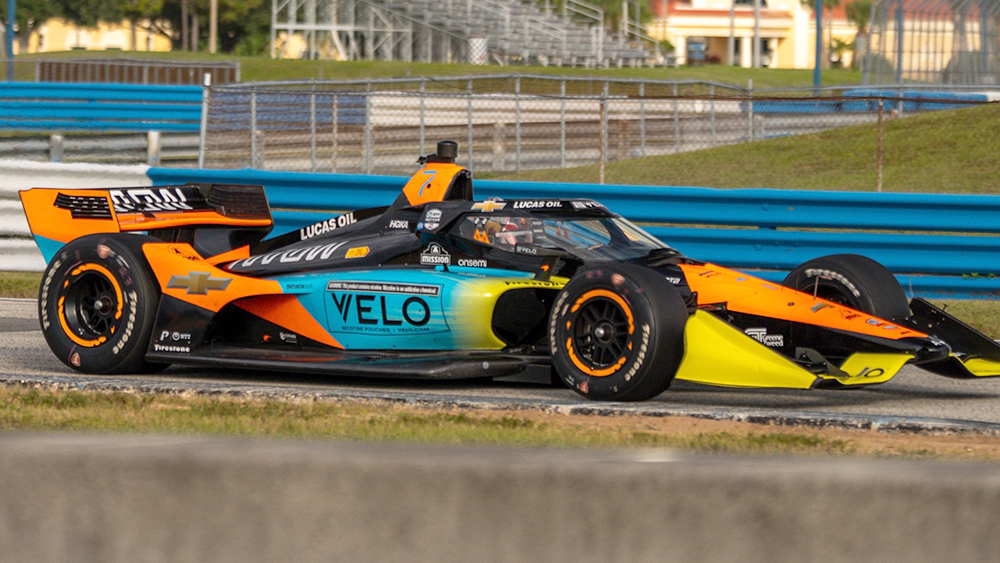
Enzo Fittipaldi strapped into NTT INDYCAR SERIES machinery for just the third time in his career Wednesday, Oct. 14.
He completed a full day of testing in the No. 7 Arrow McLaren Chevrolet during a private session at Sebring…
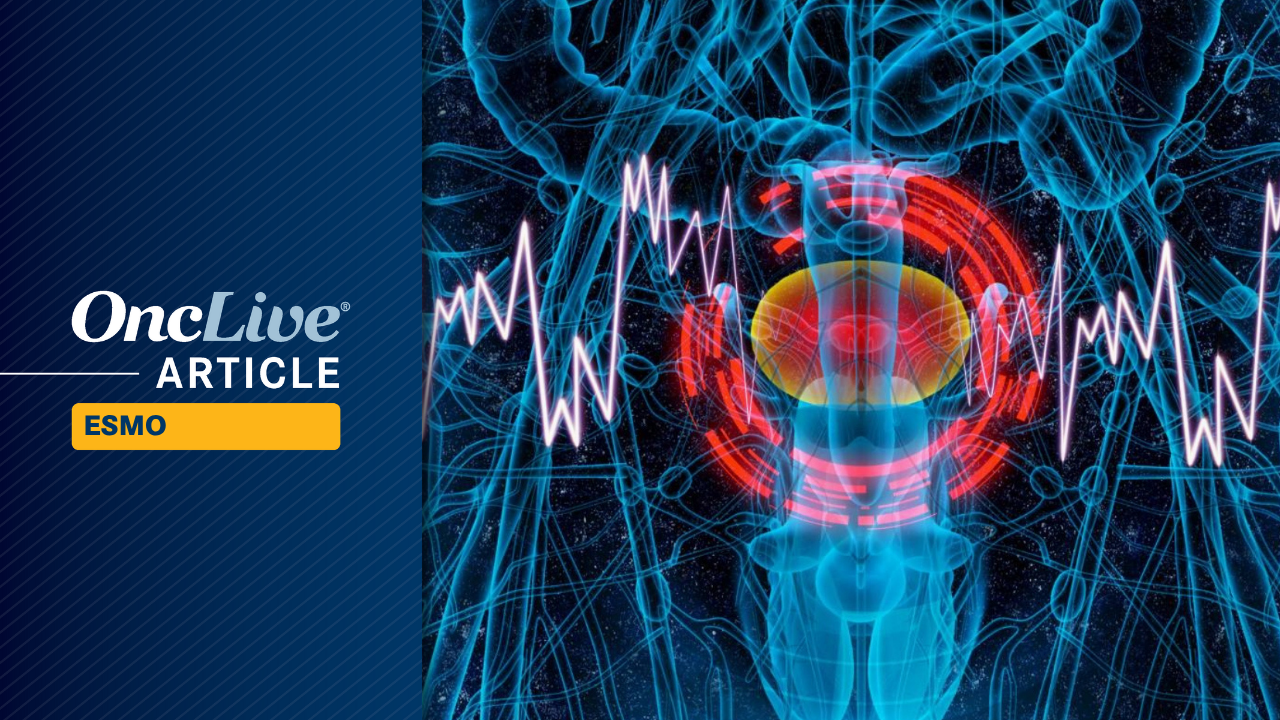
Neoadjuvant treatment with gemcitabine intravesical system (TAR-200; Inlexzo) plus cetrelimab led to a high pathologic complete response (pCR) rate and recurrence-free survival (RFS) rates in patients with muscle-invasive bladder cancer (MIBC), according to data from the primary analysis of the phase 2 SunRISe-4 study (NCT04919512).1
The findings, which were shared during the
“At the primary analysis of SunRISe-4, neoadjuvant gemcitabine intravesical system plus cetrelimab showed a high pCR rate and 12-month RFS rate, supporting further investigation of the combination in MIBC,” Andrea Necchi, MD, said in a presentation of the data. “Exploratory urinary tumor DNA [utDNA]/circulating tumor DNA [ctDNA] minimal residual disease [MRD] results support further investigation as predictive biomarkers for residual disease after neoadjuvant therapy in MIBC.”
Necchi is an associate professor at Vita-Salute Raffaele University and the head of genitourinary medical oncology at IRCCS San Raffaele Hospital and Scientific Institute in Italy.
For patients with MIBC, standard treatment is radical cystectomy with neoadjuvant cisplatin-based chemotherapy or chemoradiation in select cases; however, up to half of patients are not candidates to receive cisplatin or they refuse to receive it. These patients receive standard-of-care immediate radical cystectomy. In those who are undergoing radical cystectomy, it is known that pathologic stage represents a prognostic factor for survival.
Necchi reported that with radical cystectomy alone, patients will achieve pCRs ranging from 10% to 15%; with neoadjuvant cisplatin-based chemotherapy, these rates range from 26% to 42%. Those who receive checkpoint inhibition in the neoadjuvant setting experience pCRs ranging from 31% to 37%. Patients who received neoadjuvant chemotherapy and experienced pCR experience lower risk of death and risk of recurrence than those who have residual disease. As such, “there is a need for effective and more tolerable treatment options for patients with MIBC who are candidates for radical cystectomy but neoadjuvant cisplatin-based chemotherapy,” he underscored.
The multicenter, open-label, parallel cohort, phase 2 study enrolled patients with histologically confirmed cT2 to T4a N0M0 MIBC who had predominant urothelial carcinoma histology. They were at least 18 years of age, had an ECOG performance status of 0 or 1, were not eligible or were refusing cisplatin-based chemotherapy, and were scheduled to undergo radical cystectomy.
Patients were randomized 5:3 to cohort 1 (n = 101) or cohort 2 (n = 58). Those in cohort 1 received TAR-200, so 225 mg of gemcitabine every 3 weeks (Q3W) indwelling for 12 weeks plus cetrelimab at 360 mg Q3W for 12 weeks. Those in cohort 2 received 360 mg of cetrelimab Q3W for 12 weeks. After 4 cycles of treatment, patients underwent radical cystectomy at week 12. They then entered into follow-up.
Stratification factors included visible residual disease at transurethral resection of bladder tumor (complete vs incomplete) and tumor stage at time of MIBC diagnosis (cT2 vs CT3 to 4a). The primary end point of the study was pCR rate (ypT0N0), and secondary end points included RFS and safety. Exploratory end points comprise pOR (≤ypT1N0), overall survival, time to symptomatic progression, quality of life, pharmacokinetics, and biomarker analysis.
During the ESMO Congress, Necchi shared findings from the primary analysis of the study, as well as data from exploratory biomarker analyses of utDNA and ctDNA MRD. He noted that “side-by-side descriptive summary of efficacy was conducted, and no statistical hypotheses were tested to compare cohorts.”
The median patient age in cohort 1 was 74 years (IQR, 69-77) and 69 years (IQR, 64-74) in cohort 2. Most patients were male (85.1%; 79.3%), White (71.3%; 74.1%), from Western Europe (40.6%; 43.1%), former nicotine users (50.5%; 58.6%), had an ECOG performance status of 0 (82.2%; 77.6%), and stage T2 disease at initial diagnosis (78.2%; 84.5%).
Additionally, 11.9% of those in cohort 1 and 15.5% of those in cohort 2 previously received intravesical therapy; 18.8% and 13.8% of patients had residual disease. In cohort 1, 50.8% of patients had a low PD-L1 status and 49.2% had high PD-L1 status; in cohort 2, these rates were 74.2% and 25.8%. Moreover, 21.8% of those in cohort 1 and 27.6% of those in cohort 2 had urothelial carcinoma with variant histology. In cohort 1, 45.5% of patients were ineligible for neoadjuvant cisplatin-based chemotherapy and 54.5% refused; in cohort 2, these respective rates were 37.9% and 62.1%.
At baseline, 81.8% of patients with visibly complete transurethral resection of a bladder tumor (TURBT) were utDNA MRD positive; 83.3% of those with visibly incomplete TURBT were utDNA MRD positive at baseline.
The proportion of patients who were utDNA MRD-positive was reduced after 12 weeks of neoadjuvant treatment, irrespective of treatment. Specifically, in cohort 1, 77.8% of patients were utDNA MRD-positive at baseline, and this percentage dropped to 50.0% at week 12; in cohort 2, 90.9% of patients had utDNA positivity at baseline, and this rate dropped to 55.6% at week 12. No meaningful differences were noted between the cohorts, according to Necchi, who added that sample sizes were limited.
utDNA MRD-negative status at week 12 and utDNA clearance from baseline to week 12 were both linked with pCR. Specifically, 81.5% of patients who achieved pCR (n = 22/27) were utDNA MRD negative at week 12 vs 21.2% of those who did not achieve pCR (n = 7/33; Fisher’s test, P = 5.4 x 10-6). Eighty percent of those with utDNA MRD positivity at baseline and who achieved pCR (n = 12/15) had utDNA clearance at week 12 vs 13.3% of those who did not experience pCR (n = 2/15; Fisher’s test, P = .0006).
Moreover, ctDNA MRD negativity status at baseline and week 12 was associated with longer RFS. The hazard ratio (HR) for RFS by baseline ctDNA MRD status (n = 44) was 4.42 (95% CI, 0.91-21.3; log-rank P = .04). The HR for RFS by week 12 ctDNA MRD status (n = 44) was 4.66 (95% CI, 1.24-17.4; log-rank P = .01). Necchi clarified that week 12 ctDNA MRD status and ctDNA clearance at week 12 were not significantly linked with pCR (P = .12; P = .15).
In an exclusive interview with OncLive®,2 Necchi walked through the


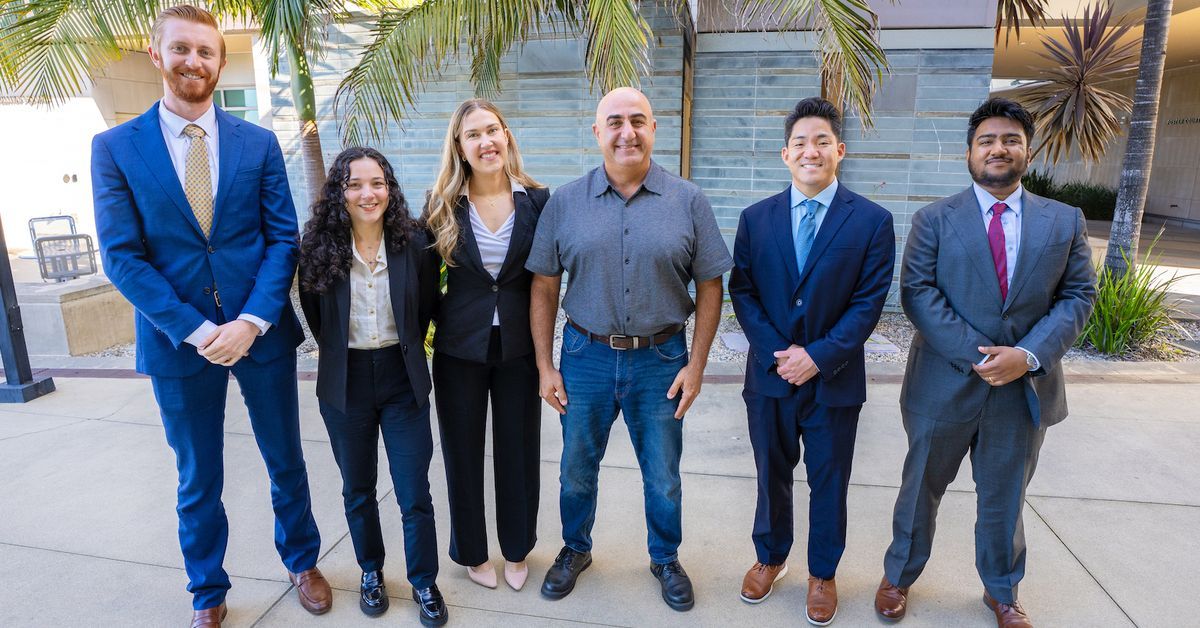
“I’m especially excited about this partnership with AWS and Meta because it gives Vikk AI access to world-class technology, mentorship, and resources that will help us scale faster and smarter,” said Allos. “Beyond the technical advantages, it’s an opportunity to showcase the entrepreneurial drive fostered by our Rady School, and to turn cutting-edge AI into real solutions that empower consumers and transform industries.”
He added that the Rady ecosystem continues to contribute to the company’s growth. Vikk AI and Rady School of Management collaborated in the Spring quarter of 2025 through a capstone course.
A total of five MBA students were enrolled as part of the engagement, contributing over 200 hours of research and strategic analysis. Rady School students worked closely with the Vikk team on product analytics, market positioning, and early-stage AI feature validation, helping them refine the business model and align the company’s technology roadmap with customer needs.
“I’m very grateful for the Rady students who participated in our capstone project—their fresh perspectives and contributions added real value and reflect the collaborative, entrepreneurial spirit that Rady instills,” Allos said.
Through the partnership, Vikk AI will receive $200,000 in AWS cloud credits, direct mentorship from Meta and AWS engineers, and access to an elite network of AI founders—further solidifying its place at the forefront of legal technology innovation.
Learn more about Rady’s Captsone Projects by visiting the MBA Capstone Project: Rady Action Project webpage.
Learn more about research and education at UC San Diego in:
Artificial Intelligence

Memories of campaigns past and the clashes that laid the foundations for what is now being called Rugby’s Greatest Rivalry will be the prelude for both the All Blacks and Springboks ahead of their return to touring schedules, first next year in…